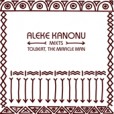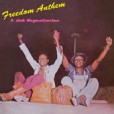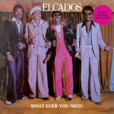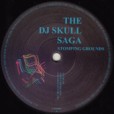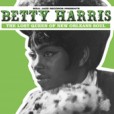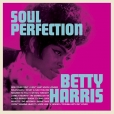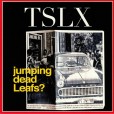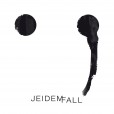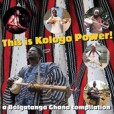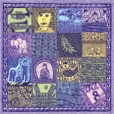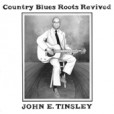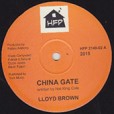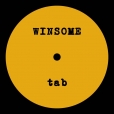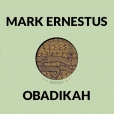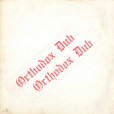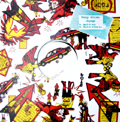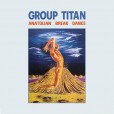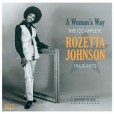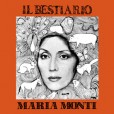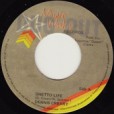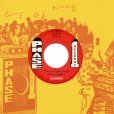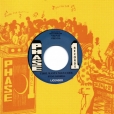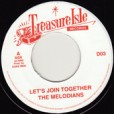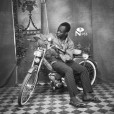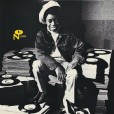Your basket is empty

The Nigerian percussionist together with US soul singer OC Tolbert, in 1982.
A grippingly odd couple of sides: Happiness is slow-burning gospel; Nwanne is terrific, stampeding Afro-disco, with popping bass, echoing shout-outs and drums on fire.
Aka SJOB Movement, spun out of Sonny Okosuns’ set-up: Samuel ‘Spark’ Abiloye, Johnnie Woode Olimah, Ehima ‘Blackie’ Ottah and Prince Bolarinwa Agba.
Militant funk, deep and rootsy.
Initially the Moonrakers, formed in Kanu in 1968, by Steve Black, Rocky Mustapha, Tony Nosika and Frank Martins. This is their swansong, a decade later: irie Afro-disco.
This is lovely.
Brand new, rambunctious, rootsy, spiritual brass-band music from Lagos, with singing, drums and home-made percussion.
Obadikah is a group of old friends who play together in the Cherubim & Seraphim and Baptist churches of the Ikeja and Isale Eko districts. A couple of them were founder-members of the Eko Brass Band; they’ve played with pretty much all the key Nigerian reggae artists.
The tunes are mostly traditional Yoruban melodies, often sung at bed-time. The songs are mostly original, sung in Yoruba (though Jomido is an Egun song from the Badagry area of Lagos state).
Consummate Berlin dub science by the maestro.
Beautifully textured, shuffling Lagos funk, on home-made percussion… militant horns… and a walloping, filthy-stinking kick-drum like the bucking, hairy hind-most of the Devil himself.
The Dub is Warrior Charge, 2016.
What a record. Bim squared.
This mix by Mark Ernestus — one half of the Basic Channel, Maurizio and Rhythm And Sound teams — kicks off our series of reworkings of tracks from Tony Allen’s Lagos No Shaking album.
A magical record by this Italian actor in films by the likes of Bertolucci and Leone. Alvin Curran, Steve Lacy, and Roberto Laneri from Prima Materia are amongst her co-conspirators in its dream-like menagerie of styles and textures, setting poems by Aldo Braibanti (who’d been banged up — people say framed — for a much more grievous kind of ‘psychological kidnapping’ just a few years earlier). Enchanting stuff, beautifully presented by Holidays in Milan, including a pamphlet of the lyrics, with English translations. Originally released in 1974 by RI-FI.
Tearaway sufferers anthem, roaring out of the blocks in 1989. Piercing, unforgettable song-writing by the Tetrack spar — jam-packed with anecdote, observation and warning — over a sick, breakneck, apocalyptic rhythm, with an ace dub. A digi classic.
Just one!
